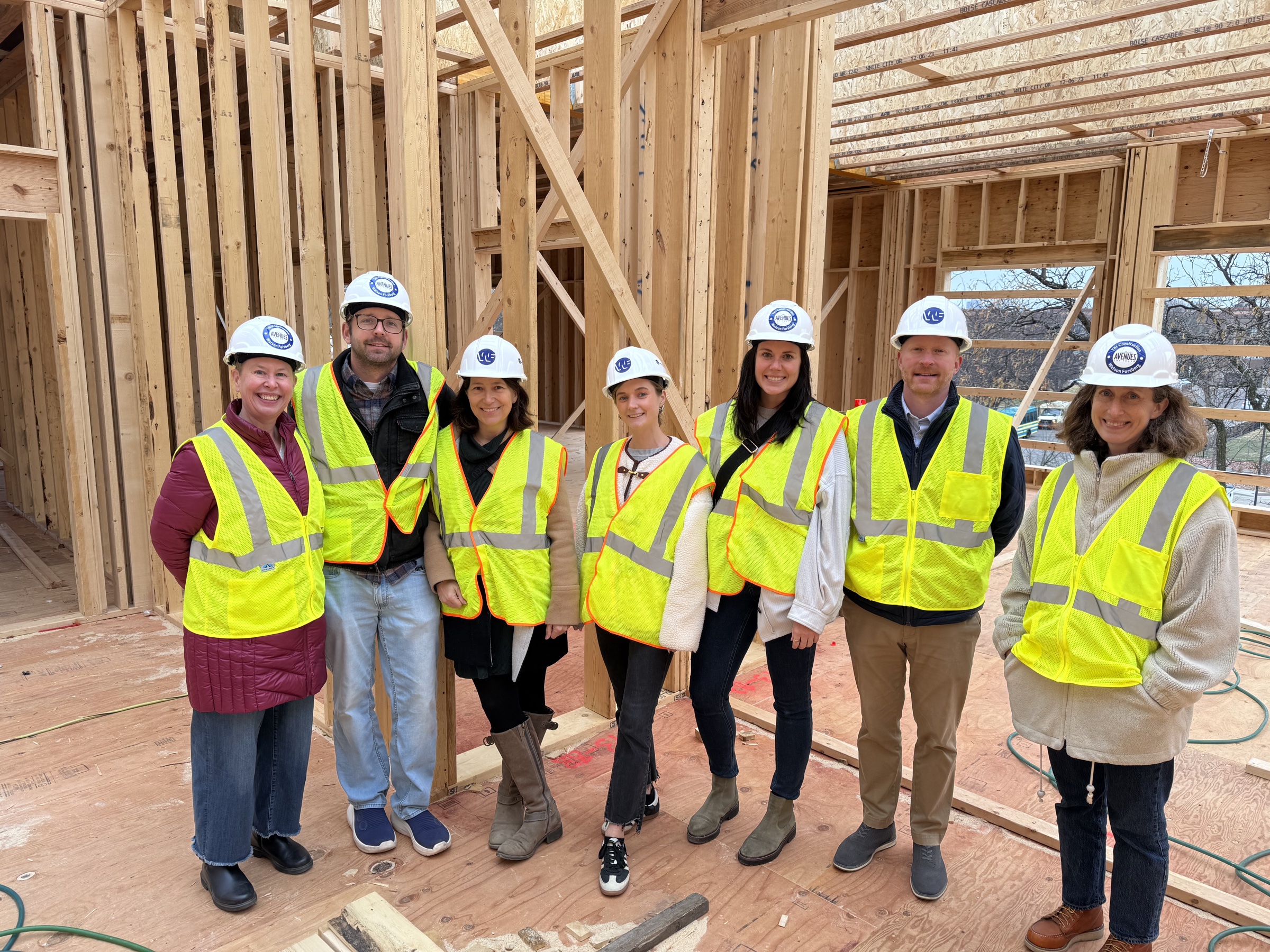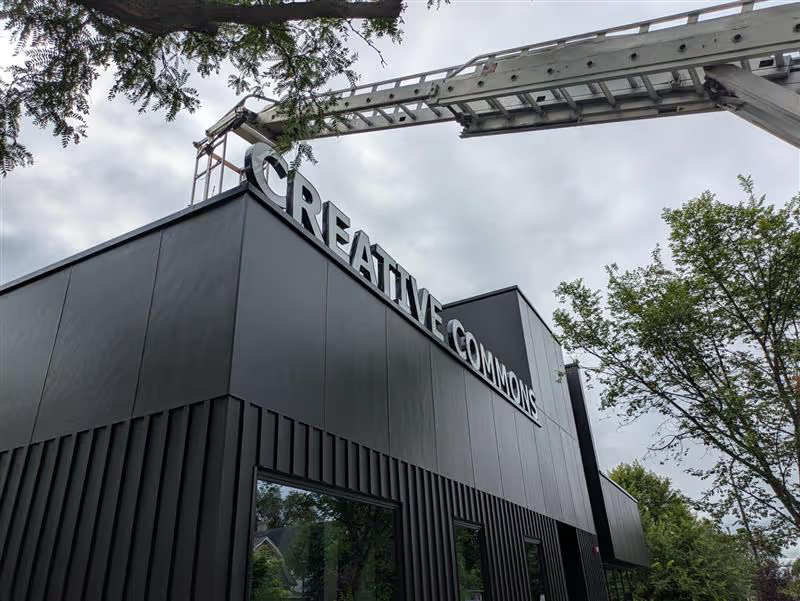In April 2010, the Minnesota Historic Structure Rehabilitation Tax Credit was signed into law, mirroring the existing 20% federal historic preservation tax credit. The goal of this legislation was to increase the local tax base, create job opportunities, and serve as a helpful tool for revitalizing distressed, vacant, and underutilized historic properties throughout Minnesota. Although the state historic tax credit was set to sunset after the 2021 fiscal year, the credit received a one year extension during the 2021 legislative session. Unfortunately, the program has now expired as of June 2022.
Since the inception of the state historic tax credit, the program has created almost 30,000 jobs, generated $5 billion for Minnesota’s economy, and saved close to 200 historic buildings from demolition. According to the Minnesota Department of Administration, 53% of the projects in St. Paul, Minneapolis, and Duluth are within socially vulnerable neighborhoods. The expiration of the Minnesota state historic tax credit is potentially a huge blow to the economy of Minnesota and the historic fabric of the Twin Cities and other communities throughout the state.
Element has utilized the state historic tax credit on multiple projects, using it as a funding gap method to ensure the building can be saved and rehabilitated. Because historical buildings are very expensive to renovate, the use of the historic tax credit has been crucial as a financing mechanism. Although the state historic tax credit program expired, the federal historic tax credit is still in place, which is helpful for the financing of some of our projects. The combination of federal and state tax credits has had a tremendous impact on the North Loop in particular, a neighborhood at the heart of Element’s work.
The historic state tax credit has been vital for Element’s projects in Minneapolis, including the Lowry Morrison and 117 Washington in the North Loop, the Cloverfields in the Warehouse District, and our current renovation project at Prince Street in the St. Anthony Falls Historic District. Our team is well versed on these tax credits and we understand that putting together the right team for this type of work is paramount; the right architects, preservation consultants, and owner's representative groups like Element makes a big difference in the outcome of the project.
Please visit https://revitalizemn.org/ to read more about the impact of the state historic tax credit and the appropriate action to take.
Credits: Tuck, Brigid. (2022). Economic Impact of Projects Leveraged by the Minnesota Historic Rehabilitation Tax Credit: Fiscal Year 2021. Retrieved from the University of Minnesota Digital Conservancy.

.svg)
.avif)










